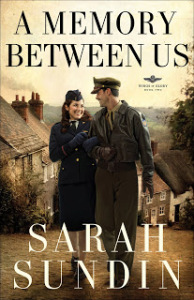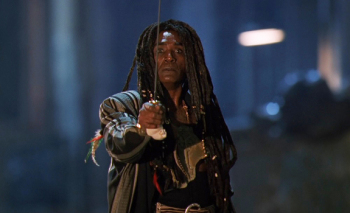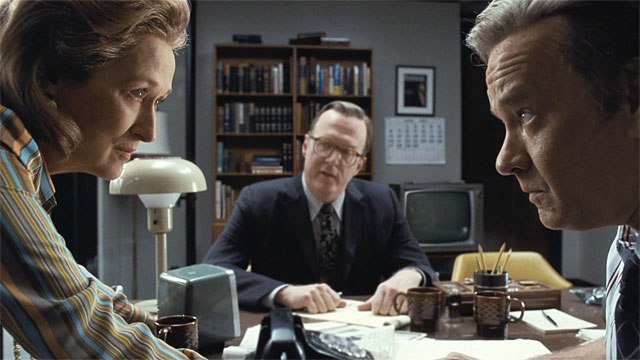This week, I’m pleased to host author Sarah Sundin as she shares some of her wonderful research that served as the backdrop for her Wings of Glory Series. You can find Part I here.
US Army Hospitals in World War II—Part 2
Ruth passed precise military rows of the hospital’s Nissen huts. Redgrave Hall stood to the west, but she headed south across the road the ambulances used and entered a lightly wooded meadow and another world. How could one family own so much land?
If Ruth had resources like that, she wouldn’t be in a fix.
 In my novel, A Memory Between Us, the heroine serves as a US Army nurse based in England. If you’re writing a novel set during World War II, you may need to write a scene set in a military hospital, and you’ll need to understand Army hospitals.
In my novel, A Memory Between Us, the heroine serves as a US Army nurse based in England. If you’re writing a novel set during World War II, you may need to write a scene set in a military hospital, and you’ll need to understand Army hospitals.
Last post, I discussed the chain of evacuation, today I’ll discuss more details about mobile and fixed hospitals, and on the next post, I’ll cover evacuation of the wounded.
Mobile Hospitals
Field hospitals (400 beds) and evacuation hospitals (either 400 bed or 750 bed) arrived within a few days of an invasion and followed the army, staying about thirty miles behind the front. They were close enough to treat patients quickly and send them back to the front quickly as well.
These hospitals relied on mobility. They usually used canvas tents, but also used schools, barracks, hospital buildings, hotels, Mediterranean villas, and an Italian stadium. A few days before a move, the hospital stopped admitting patients and evacuated their current patients to other hospitals. They packed their equipment and personnel into trucks, advanced, set up, and were ready to admit patients within hours.
When ambulances arrived, triage officers sent patients to pre-op, medical, shock, or evacuation wards as needed. Surgical teams worked twelve hours on, then twelve hours off.
In the European Theater (England, France, Belgium, Germany), the field hospitals stayed closer to the front, with the evacuation hospitals further to the rear. In the Mediterranean Theater (North Africa, Sicily, Italy, southern France), field hospitals and evacuation hospitals were often used interchangeably. Both theaters practiced “leapfrogging” as the front advanced—hospital A would pass hospital B, then hospital B would pass hospital A. This reduced the frequency of moves.
Fixed Hospitals
The station hospitals (250, 500, or 750 bed), general hospitals (1000 bed), and convalescent hospitals (2000 or 3000 bed) were set up far from the front to keep patients safe from danger, but also to keep them in the theater, which made it easier to return the soldiers to duty. In England before D-Day, field and evacuation hospitals waiting for the Normandy invasion functioned as station hospitals to care for patients.
In each theater of operations, fixed hospitals operated in what was called the “Communications Zone.” In the European Theater, the COMZ was originally in England, then as the Allies approached the German border, the COMZ extended to include Normandy and Belgium. In the Mediterranean Theater, Morocco served as the first COMZ, then Algeria. When the Allies invaded Sicily and Italy, North Africa was the COMZ, and as the front advanced, the COMZ was established in the Naples area of southern Italy. In the Pacific, fixed hospitals were first established in Hawaii and Australia, then followed into secured regions.
Fixed hospitals moved less often and occupied more permanent facilities. American units used some standing hospitals in host or occupied countries, but most were a collection of Nissen huts, 20-ft by 40-ft corrugated tin semi-cylinders. In England, these hospital complexes were often placed on estate grounds, and had concrete floors, flush toilets, clean water, and were heated by coal-burning stoves. In the Mediterranean and Pacific, facilities were more primitive but improved over time. In these theaters, mosquito netting was draped over the beds to prevent transmission of malaria.
Fixed hospitals in the Zone of the Interior (continental United States) enjoyed the benefits of modern buildings and facilities. However, shortages of medication, equipment, and personnel were always a problem.
*********************************************************************************************

Sarah Sundin is the author of the Wings of Glory series from Revell: A Distant Melody (March 2010), A Memory Between Us (September 2010), and Blue Skies Tomorrow (August 2011). She has a doctorate in pharmacy from UC San Francisco and works on-call as a hospital pharmacist.
***This content is reposted from December 15, 2010.***
Share this:




